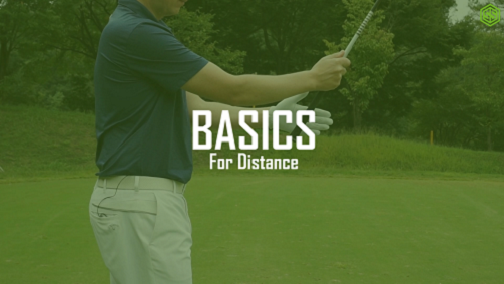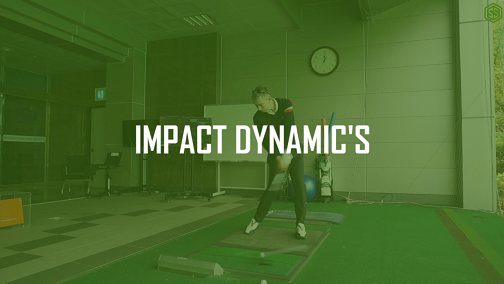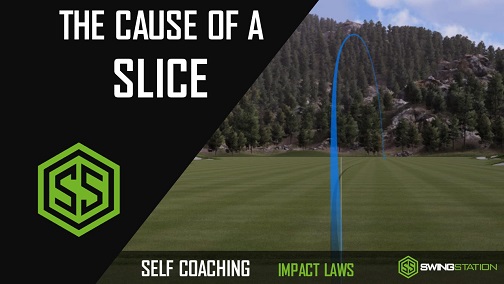What is Downswing Slide?
How to check if you are sliding in the downswing
A slide is any excessive lower body lateral movement toward the target during the downswing. This makes it very difficult to stabilize your lower body during the downswing, which will eventually decrease power and speed from the upper body through impact. Once the lower body starts its forward shift into the downswing, its job is to transfer energy to the upper body and provide a stable base for the extreme rotary forces created by the torso, arms, and club.
What TPI have to say about Downswing Slide:
In order to coil around your lead hip during the downswing, several physical characteristics must be developed. First and foremost, lead hip internal rotation is paramount for full rotation into the lead hip without any lateral sway. If the body is unable to rotate around the lead hip due to joint or muscular restrictions, then lateral movements will dominate the pattern. Secondly, the ability to separate your upper body from your lower body allows the lower body to laterally stabilize while rotating your shoulders through a full finish. Limited trunk to pelvis separation is usually caused by reduced spinal mobility and shortened lat flexibility. Finally, the ability to laterally stabilize your lead leg during the downswing is directly proportional to the strength and stability of your gluteal musculature (your butt). When it comes to lower body lateral stabilization, the glute medius is the king. This muscle helps prevent the lead hip from elevating and shifting lateral during an aggressive downswing rotation.
If you suffer from Downswing Slide, focus on articles and tips based on:
Impact Drills
Lower and Upper body Separation
Left Foot Stability
Hip Rotation
Weight Transfer
For a page dedicated to Downswing Slide with Fixes & Drills visit: https://swingstation.com/downswing-slide/
Transcript
The downswing slide swing fault. This is where in the downswing, the body will slide too much towards the target. Because the lower body is not in a stable position, that will make it very difficult to accelerate the club head, reaching your maximum club head speed. A very simple way to check if you’re sliding is draw a line from your left ankle with a vertical line, something like this. And if you’re sliding, you’re going to see your left hip, perhaps your knee, getting past this line. What should happen is there should be a little bit of a weight shift to the left, but your left hip and knee should never get past this line you’ve drawn.




